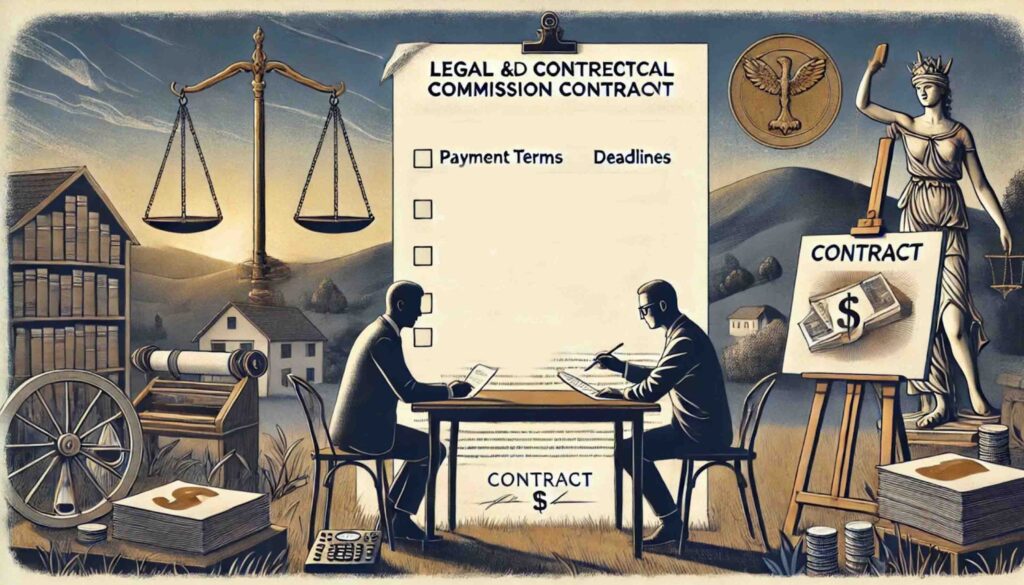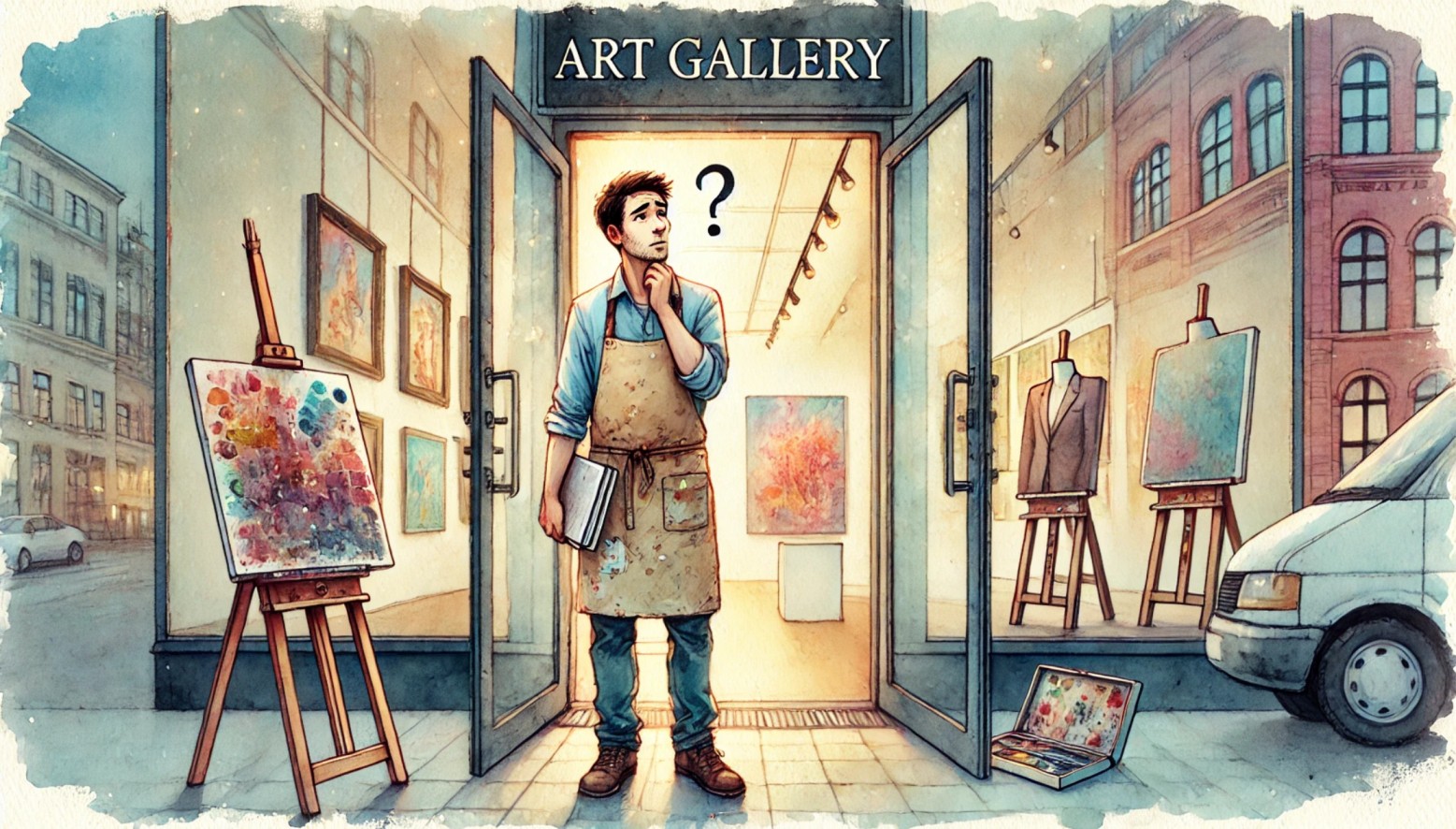Introduction to Managing Art Commissions
Art commissions are a unique way for artists to generate income, build relationships, and create custom pieces that reflect their clients’ visions. Whether you’re a seasoned professional or just starting out, understanding the nuances of managing art commissions can make a significant difference in your success. In this comprehensive guide, we’ll explore everything you need to know about managing art commissions, from setting prices to handling client expectations.
What Is an Art Commission?

An art commission occurs when an artist is hired to create a custom piece of work based on the specifications of a client. This may involve creating a painting, sculpture, digital art, or any other form of artistic expression. The key distinction is that the final piece is tailored to the client’s requests, giving them a personalized and unique artwork.
Art commissions are common in both the traditional and digital art worlds. They’re a popular way for clients to get artwork that reflects their personal tastes, while artists benefit from the opportunity to challenge their creativity and broaden their portfolios.
Why Art Commissions Are Important

Art commissions play a vital role in the art world. They provide artists with a steady source of income, help them establish a name in their chosen niche, and allow them to expand their artistic horizons. For clients, commissions offer the chance to own unique pieces that reflect their tastes and preferences.
Commissions also encourage artists to develop their skills, experiment with new techniques, and tackle subjects they might not have considered otherwise. In short, they foster creativity and growth on both sides of the transaction.
Building Strong Client Relationships

One of the keys to managing successful art commissions is establishing solid relationships with your clients. Clear communication is essential. By understanding your client’s vision and expectations, you can create a piece that satisfies them while also remaining true to your artistic integrity.
Maintaining open lines of communication throughout the process ensures that both the client and artist are aligned, reducing the likelihood of misunderstandings and revisions down the line.
Communicating Expectations and Vision
Before beginning any commission, it’s important to have a thorough discussion with your client about their vision for the piece. This conversation should cover everything from the size and medium of the artwork to the overall mood and style they desire.
Providing the client with sketches, mockups, or concept ideas early in the process can help ensure everyone is on the same page. These visuals also give the client a chance to request changes before you invest significant time in the final piece.
Setting the Right Prices
Pricing your art can be one of the most challenging aspects of managing commissions. Set prices too low, and you risk undercutting yourself and devaluing your work. Set them too high, and you may struggle to find clients willing to pay for your art.

Pricing Models for Different Art Forms
Different types of art demand different pricing strategies. For example, a portrait commission may be priced based on size, detail, and time investment, while a digital illustration might be charged based on complexity and number of revisions included.
The Role of Experience in Pricing
Your experience level as an artist will also influence your pricing. If you’re just starting out, you might need to set lower prices to attract clients and build your portfolio. As you gain more experience and recognition, you can gradually increase your rates to reflect the quality of your work.
Materials and Time: The True Cost of Art
In addition to considering your skill and time, don’t forget to factor in the cost of materials when setting your prices. Traditional mediums such as oil painting or sculpture often require expensive supplies, and it’s essential to ensure your pricing covers these costs.
Managing Time and Deadlines
As an artist, managing your time effectively is crucial to delivering high-quality commissions on schedule.

Creating a Timeline for Commissions
Setting clear deadlines at the outset of a commission is important. Not only does it help keep you organized, but it also assures the client that they can expect their piece within a specific timeframe.
Work backward from the delivery date, setting milestones for each phase of the project, including sketches, drafts, and final touches. Share this timeline with your client to keep them updated on your progress.
Handling Client Feedback and Revisions
Client feedback is a normal part of the commission process. Be prepared to accommodate minor revisions, especially if they enhance the final product. However, it’s essential to set clear boundaries on how many revisions are included in your initial price. You can always offer additional revisions for a fee if the client requests major changes after the project has already progressed.
Legal and Contractual Considerations
To protect both yourself and your client, having a formal agreement in place before starting any commission is critical.

Creating an Effective Commission Agreement
A commission agreement should outline all aspects of the project, including the scope of work, deadlines, payment terms, and intellectual property rights. It’s a legal document that ensures both parties understand their responsibilities.
Licensing and Usage Rights
When managing art commissions, you’ll also need to clarify the usage rights. Who owns the final piece? Can the client reproduce or sell it? Make sure these terms are clearly spelled out in your contract to avoid any future disputes.
Handling Refunds and Disputes
Occasionally, a commission may not go as planned. Whether due to miscommunication or unmet expectations, it’s essential to have policies in place for handling refunds and disputes. A well-drafted contract can mitigate these risks by outlining the steps for resolving issues amicably.
Marketing Your Art Commission Services
Once you’ve honed your skills and established a smooth process for managing commissions, the next step is marketing your services.

Leveraging Social Media
Platforms like Instagram and TikTok are excellent places to showcase your work and attract potential clients. Posting regular updates of your work-in-progress, completed pieces, and behind-the-scenes content helps engage your audience.
Building an Online Portfolio
Creating a professional online portfolio is another essential step in marketing your commission services. Showcase a variety of past commissions, ensuring that your portfolio reflects the different styles and mediums you’re comfortable working with.
Growing as an Artist Through Commissions
Art commissions provide more than just financial rewards—they offer invaluable opportunities for personal and professional growth as an artist.

Expanding Your Artistic Skills
Each commission you take on introduces new challenges and possibilities. By embracing a variety of projects, you’ll expand your skill set, experiment with different techniques, and grow into a more adaptable and versatile artist. Every piece adds to your experience, helping you refine your creative approach.
Client Feedback as a Tool for Improvement
Constructive feedback from clients is one of the most powerful tools for artistic development. Use every critique as a stepping stone to enhance your work. By listening carefully to your clients’ input, you’ll continuously improve and deliver even better results in future commissions. Feedback is an opportunity for growth and a key to mastering your craft.
FAQs
What should I include in an art commission contract?
An art commission contract should include details such as the scope of work, payment terms, deadlines, and intellectual property rights.
How do I set a fair price for my art commissions?
Consider factors such as the time, materials, and experience involved in creating the piece. Research what other artists in your niche are charging to help guide your pricing.
How do I handle difficult clients?
Clear communication and a well-drafted contract can help prevent most issues. If a client becomes difficult, stay professional and try to resolve the situation amicably.
Can I refuse a commission?
Yes, it’s your right as an artist to refuse a commission if it doesn’t align with your style, values, or schedule.
How many revisions should I offer?
This varies by artist, but it’s common to include 1-2 minor revisions in your pricing, with additional changes available for an extra fee.
What platforms are best for marketing art commissions?
Instagram, Facebbook, and Behance are popular platforms for showcasing your art and attracting potential clients.
Mastering the art of commissions requires not only creativity but also effective communication, time management, and an understanding of legal and financial considerations. By building strong relationships with clients, setting clear expectations, and continuously improving through feedback, artists can grow both professionally and financially. Marketing your services, setting the right prices, and managing projects efficiently are all key steps in turning commissions into a successful part of your artistic career.
As you continue to expand your skills and take on new commissions, remember that each project offers an opportunity for growth. With the right strategies in place, you can thrive in the world of art commissions, creating meaningful works while building a sustainable, profitable career.





